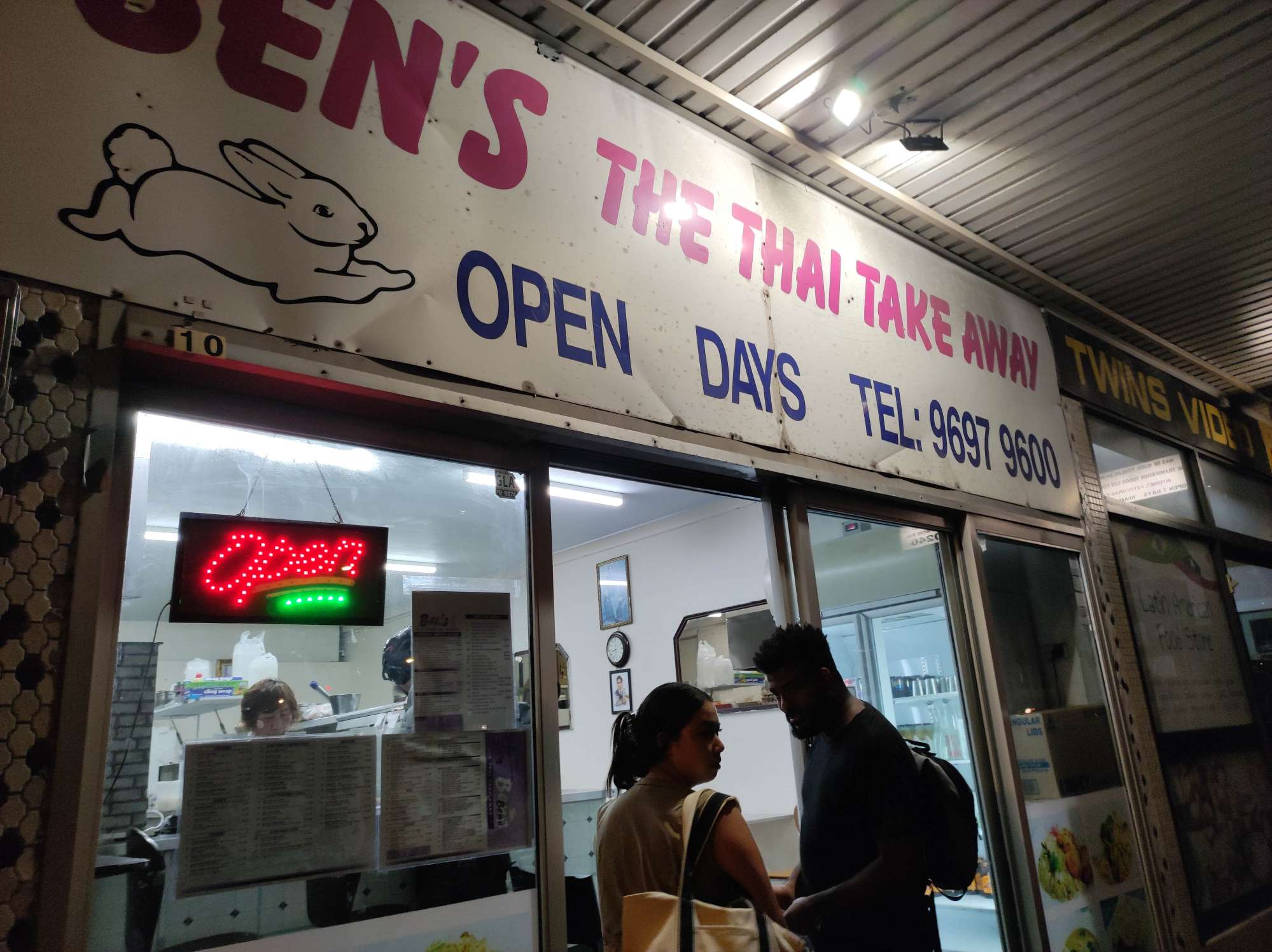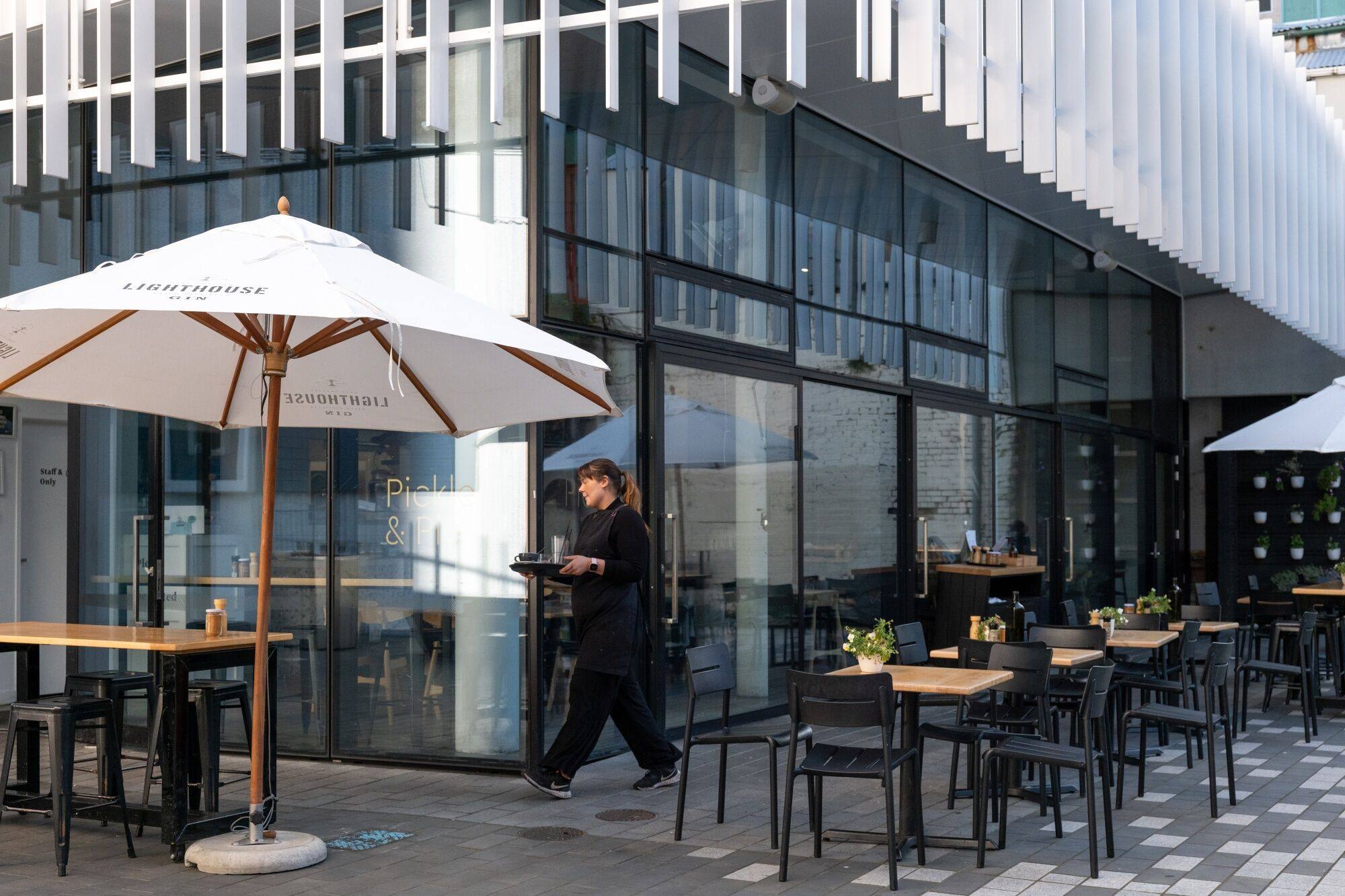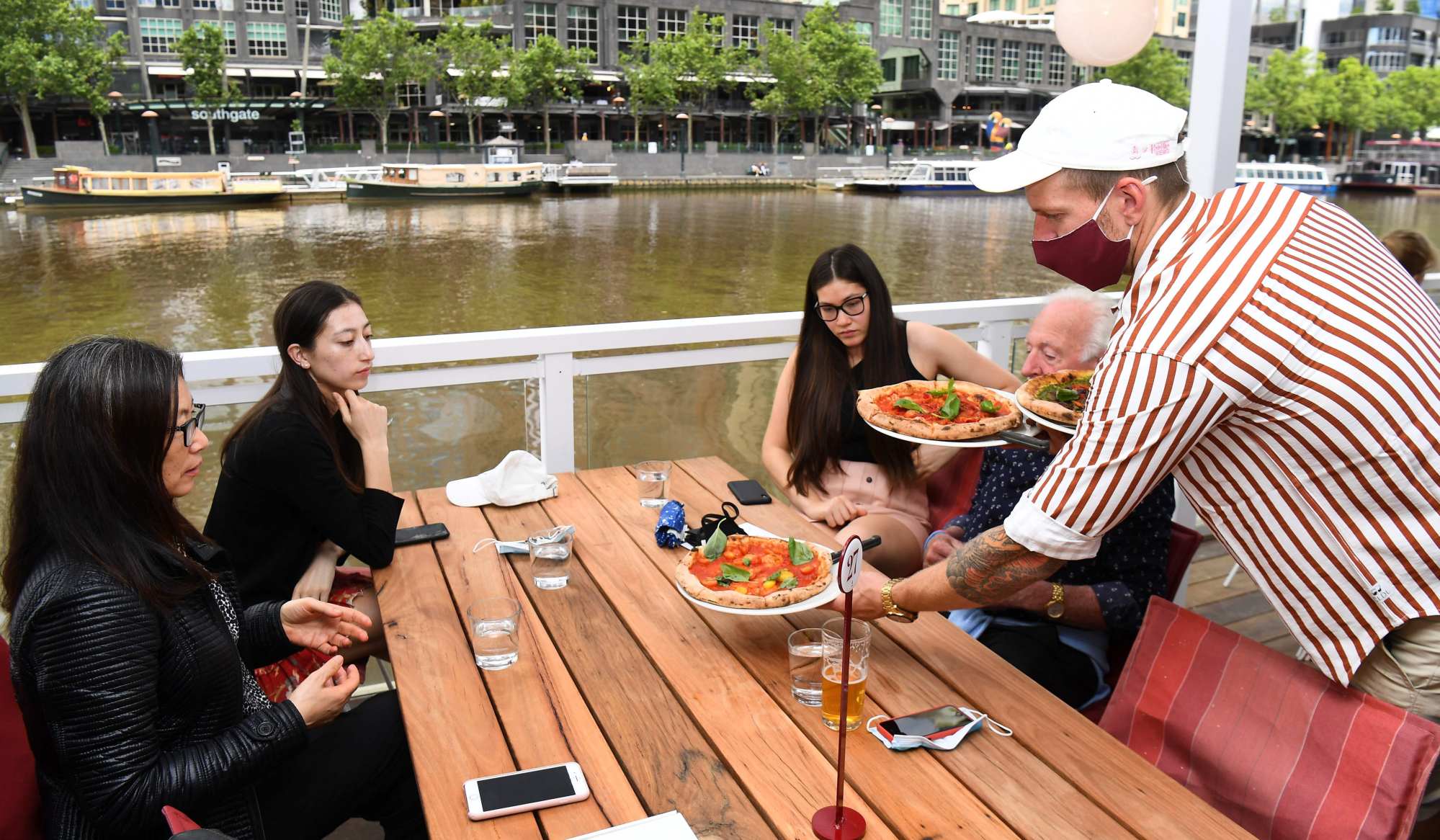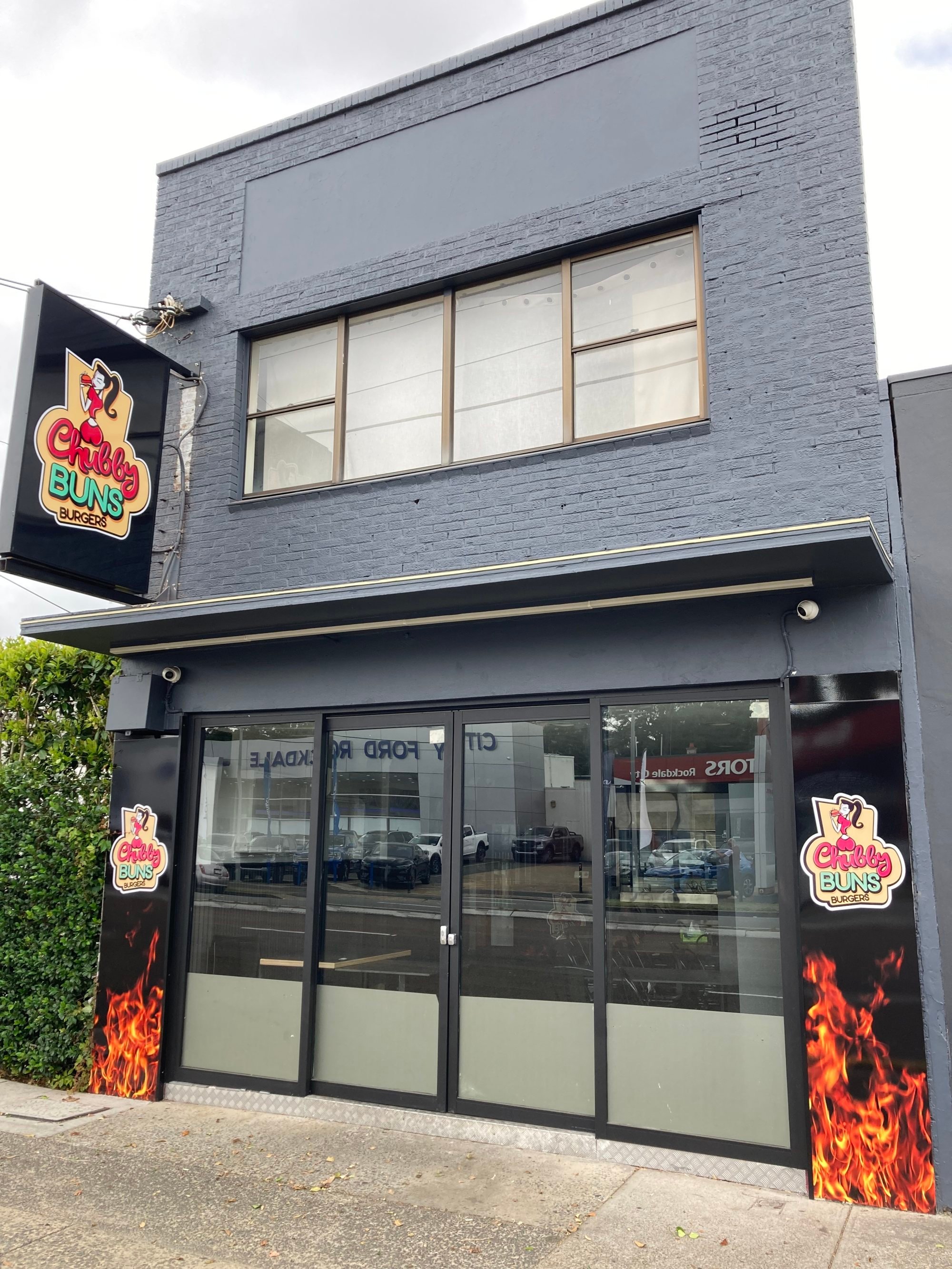
Downturn blues hit restaurants in Australia and New Zealand as consumers cut spending: ‘shops close early’
- Restaurants have been forced to scale back as the global economy slows, with inflation, higher costs of living and other factors taking their toll
- Australia and New Zealand’s policies to tackle slow growth have instead spooked many households into tightening their belts
While many in the Sydney suburb of Kingsford were in the middle of enjoying their Saturday night out, Susan*, the owner of an eatery called Ben’s The Thai Takeaway, was packing up her empty restaurant at 8.30pm, half an hour before its official closing time.
“Customers are saving money to pay rent,” she said, referring to a sharp rise in prices since the pandemic ended as housing supply dwindled. “Go and look on the main street [of Kingsford]. It used to be busy, but no one is out there now. Shops close early.”

Susan said she scaled back her restaurant’s opening hours from 10pm to 9pm when the pandemic hit, but there had not been enough demand to change back.
Business was slow during both the city’s lockdowns and had not returned despite the construction of a new tramline a few years ago, she said. Her casual diner, located close to the University of New South Wales, still has fewer patrons even though its affordable A$14 (US$9) to A$15 dishes are significantly cheaper than many other Thai eateries in Sydney.
Earlier this year, The Fork, an online restaurant booking business owned by the Tripadvisor group that had been operating in Australia for 15 years, said it was forced to “implement cost measures” and close in the country due to the pandemic’s impact on the economy and hospitality industry.
Restaurants in Australia and New Zealand, as well as many other parts of the world, are struggling as the global economy continues to slow following the initial post-pandemic spending boom, with inflation, higher costs of living, lowered spending and fatigued trade taking their toll.
Discretionary spending such as dining out tends to suffer first amid economic slowdowns as consumers focus on paying for essentials like groceries or transport.

In Australia, a slowdown is already under way, and while an official recession has not been called, it is suffering what is known as a “GDP per capita” recession – referring to gross domestic product – as the amount of production or output per person decreased over the last three quarters of 2023.
The country’s anaemic GDP growth of just 0.2 per cent in the fourth quarter of last year – echoing similar softness in recent quarters – sent a chill across the nation as the Australian Bureau of Statistics said two weeks ago discretionary spending was down. That includes spending on hotels, cafes and restaurants, cigarettes and tobacco, new vehicle purchases and clothing and footwear.
New Zealand, meanwhile, is officially in a recession having posted two quarters of negative growth at the end of 2023, Stats NZ data on Thursday showed, confirming the downturn that has been brewing for months.
Monetary policies implemented by both countries to tackle rising inflation became a vicious circle.
Australia says relief package won’t fuel inflation due to ‘targeted’ nature
What began as higher interest rates, and thus higher mortgage repayments, spooked many households in both countries into tightening their belts. These actions also slowed housing purchases and construction, which in turn dampened supply, jacking up rents.
Rents, along with the inflated prices of other things like food, have compounded the cutbacks made by households.
Continued high employment, however, has managed to cushion the downturns in both Australia and New Zealand.
Other parts of the Asia-Pacific have fared better in some ways, with most Asian nations facing less inflation caused by major supply-side disruptions during the pandemic and many still seeing healthy GDP growth.

‘It’s a tough business’
Not all restaurants across Australia and New Zealand are closing early like Ben’s, nor are they empty.
In Brisbane, diners are still flowing into Flaming & Co, an upmarket grill restaurant. However, owner Jason Zhang says that while some still spend like they used to, most of his patrons tend to order less and visit less often these days, which makes turning a profit more difficult.
“It’s a tough business. Higher interest rates have lowered the spending power of customers. The majority of people have actually downgraded their spending,” he said.
Most restaurants were making losses or very small profit margins and the volume of restaurant trade across Australia had shrunk in the past year, by as much as 30 per cent, he estimated.
June* said business at the cafe she owns in Auckland’s Westfield Newmarket was “up and down”. She said staff wanted higher wages, despite their poor quality of work, while many restaurant workers who left during the pandemic had not returned.
In 20 years of running her cafe, June said this was the “worst” trading conditions she had seen, but was hopeful things would turn around by the end of the year.

The drop in restaurant spending is only the latest problem to plague the hospitality industry Down Under, after being hit by a labour shortage post-pandemic.
The inflated costs of ingredients and other inputs have forced up menu prices and turned off customers. Now, coupled with a pervasive cutback in discretionary spending, restaurants’ margins and longevity are being tested.
Rakesh Tailor, the general manager of Great India restaurant in New Zealand’s Wellington, said restaurants had “terrible” staff shortages in 2022 when customers came roaring back, and now they can’t make money because of the spending crunch.
“From June last year, with the election and interest rate hikes, there was a huge plummet in diners … the number of patrons working from home has [also] affected the lunch trade greatly,” he said.
Live data from global booking service OpenTable shows the number of seated diners in Australia dropped every month this year compared with last year. The same thing is happening in other countries such as Canada, Germany and the United States.
About 40 per cent of diners surveyed by the Restaurant Association of New Zealand in December said they had reduced their dining expenses over the past year because they ate out less or ate at cheaper places.
Last Christmas – usually the busiest dining period of the year – many people did not dine out as much, according to the association. Instead, customers often just had drinks, while companies held backyard BBQs for their Christmas parties rather than catered functions at restaurants.
In Australia, the latest insolvency figures among accommodation and food providers were nearly 2.5 times higher than they were two years ago, making those sectors some of the worst hit alongside construction and retail businesses

What happens now?
Data company CreditorWatch’s chief economist, Anneke Thompson, said conditions started waning for restaurants in Australia last July when higher mortgage repayments and other cost-of-living increases began to bite.
“When I look at the data, it’s worrying,” she told This Week in Asia.
“I think the fact that we’re sort of collectively as a nation pulling back … our savings have run out or … we substitute [going out] with eating at home have really come into play. So I think we’re at the peak of the cost-of-food pressures right now.”
A drop in interest rates could provide the relief restaurants are after, which will eventually happen as inflation continues to fall, but not for at least another six to nine months, Thompson said.
Even then, recovery will not be instant when rates fall, as it will take a few rounds of rate cuts for consumers to gain confidence about spending, she said.
“If restaurants can sort of hold their breath, and try to stay afloat for at least the next six months, things will get better,” she said.

Staying afloat is precisely what Chubby Buns Burgers in Sydney is trying to do. The burger joint, which began as a food truck, recently graduated to a bigger bricks-and-mortar restaurant.
The restaurant’s manager, Kieran Dhakal, says astute business management in a recession is key.
According to Dhakal, the restaurant’s burger prices of about A$13 are affordable, while the quality of its food is better than those of nearby competitors.
The business in Arncliffe suburb also negotiated lower costs of food ingredients with its suppliers, and has maintained a good network of staff, Dhakal said.
“We are in a recession right now, yeah?” he said. “We will just have to learn to sustain our business in this recession.”
*Last name withheld at interviewee’s request

